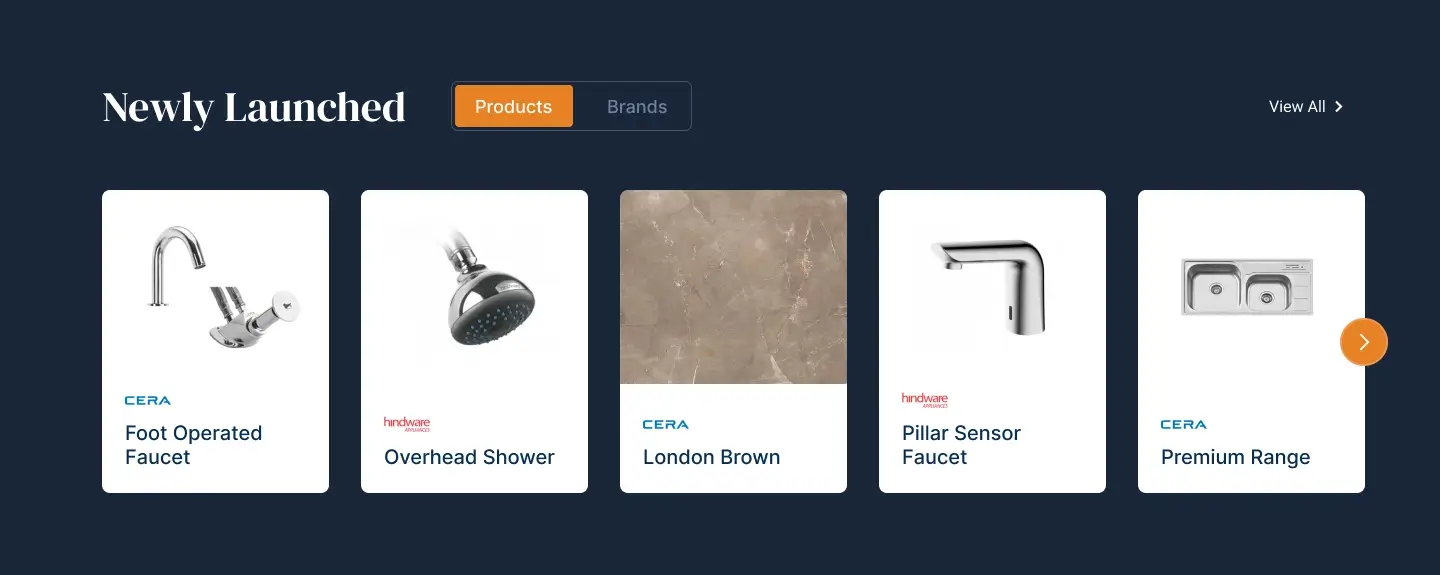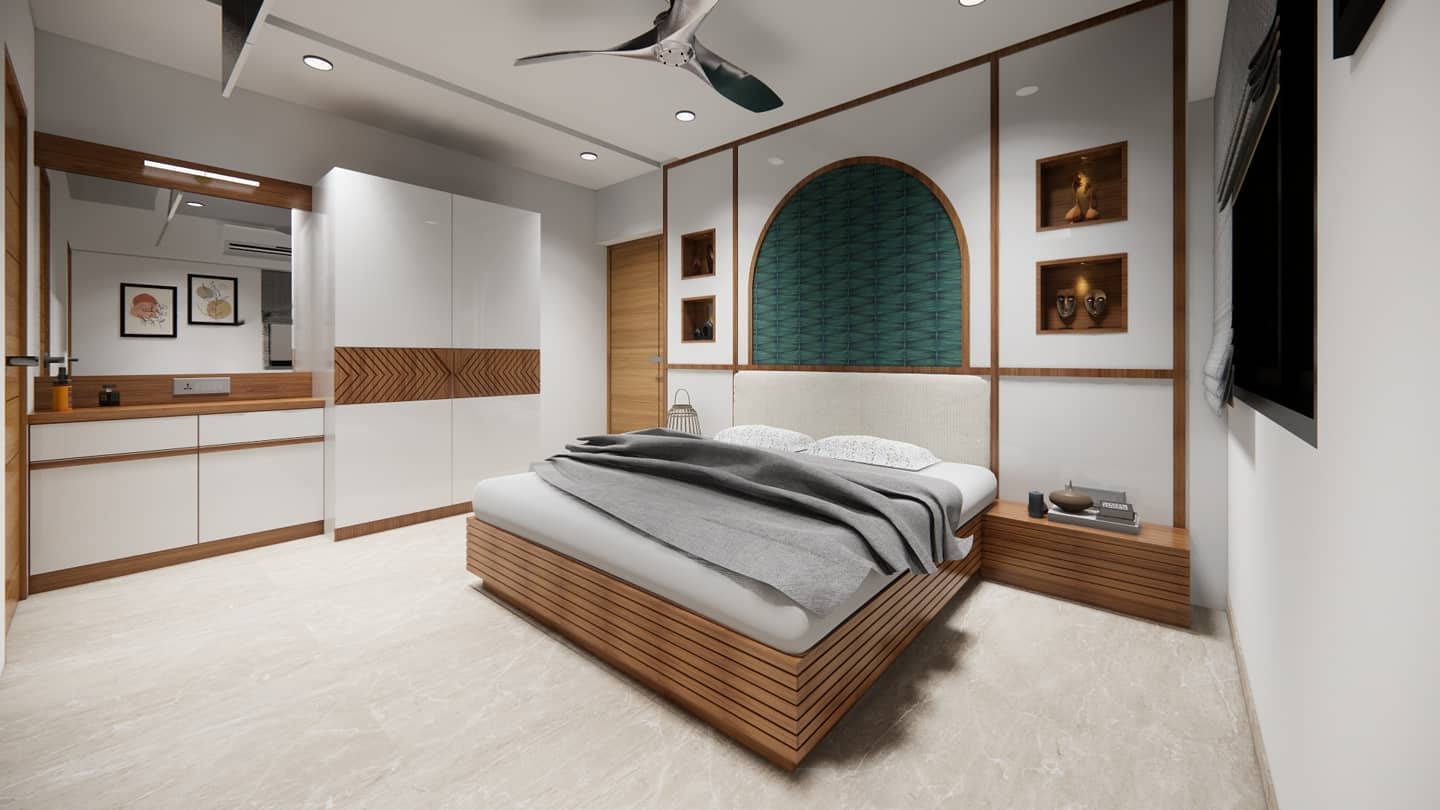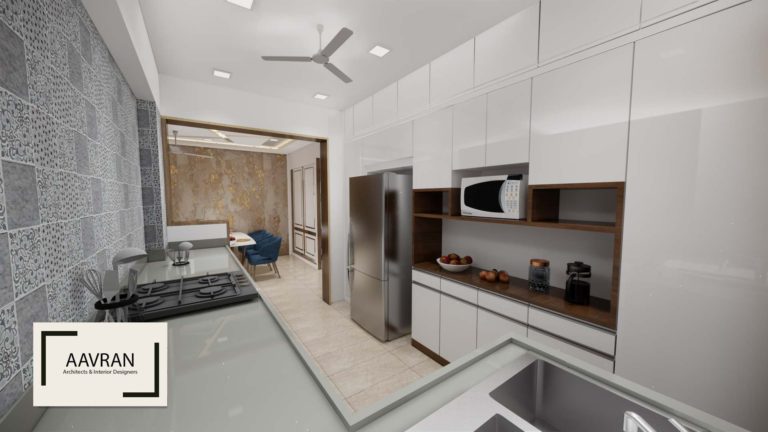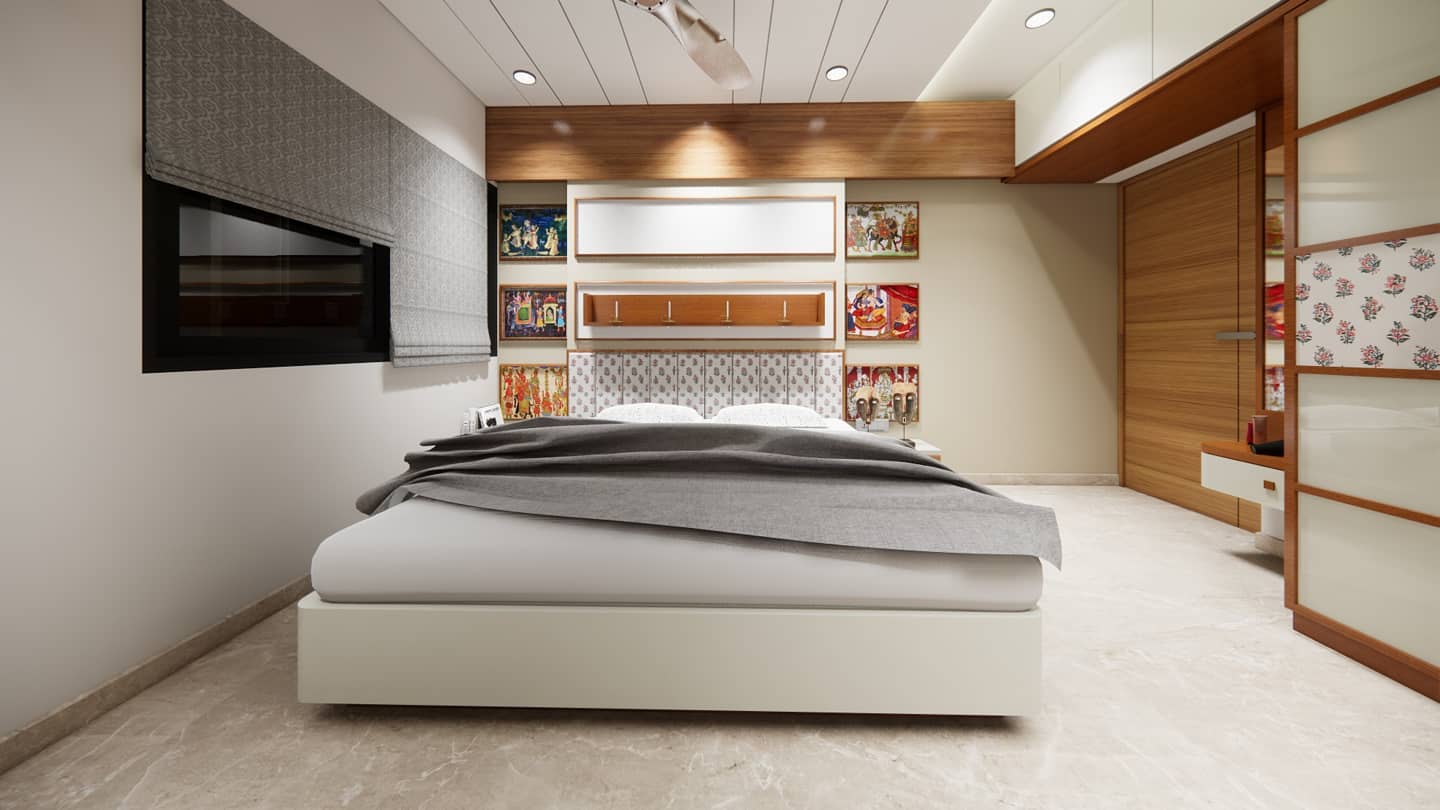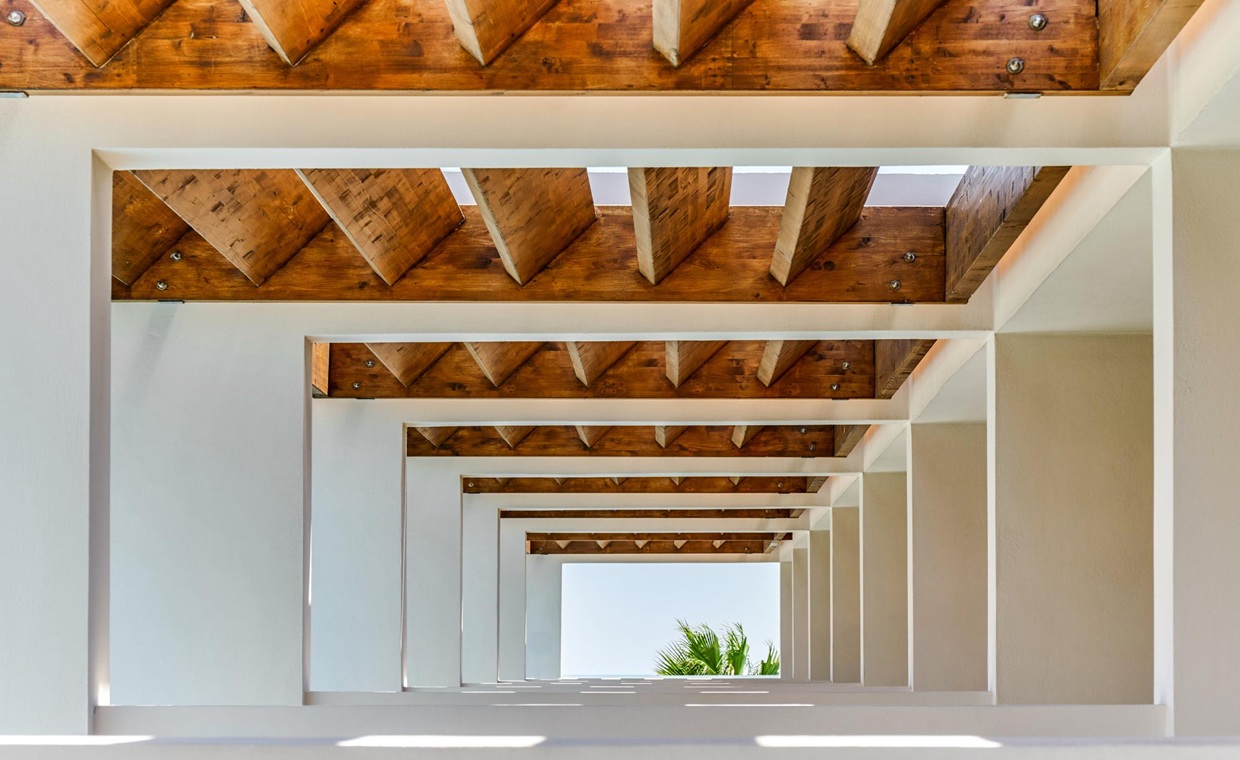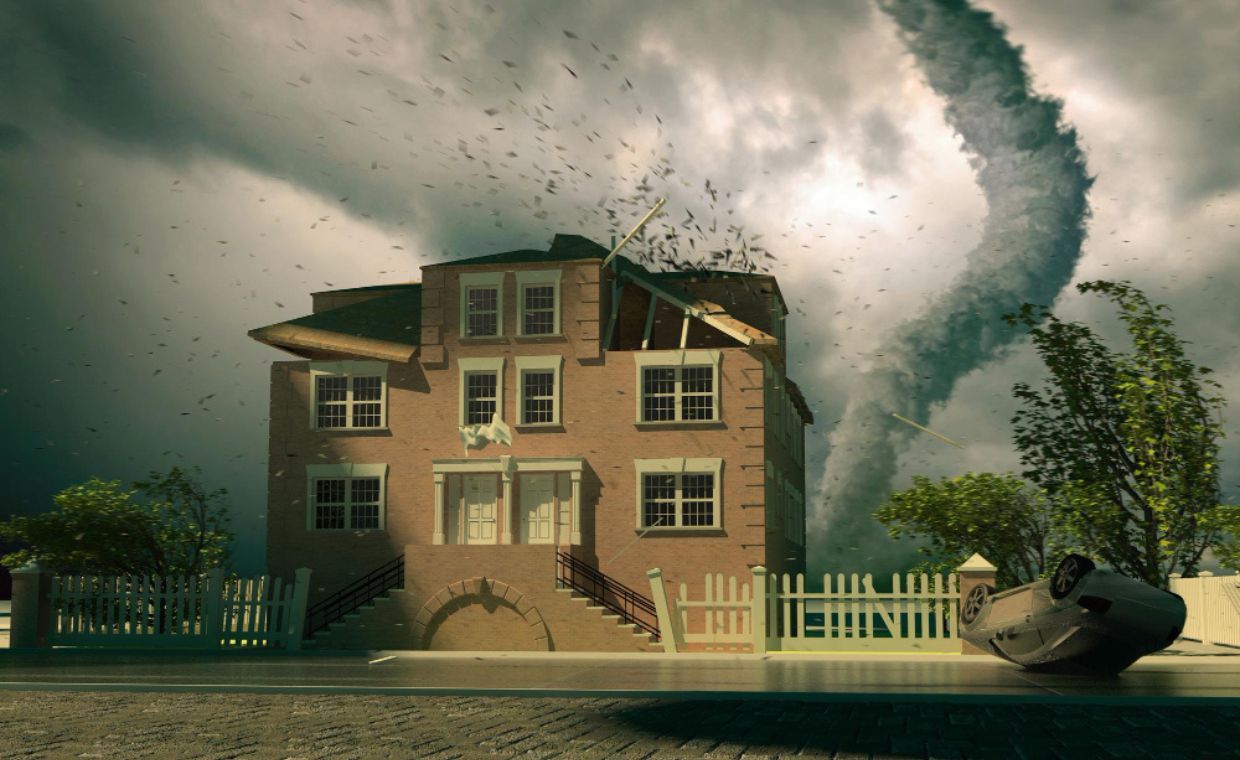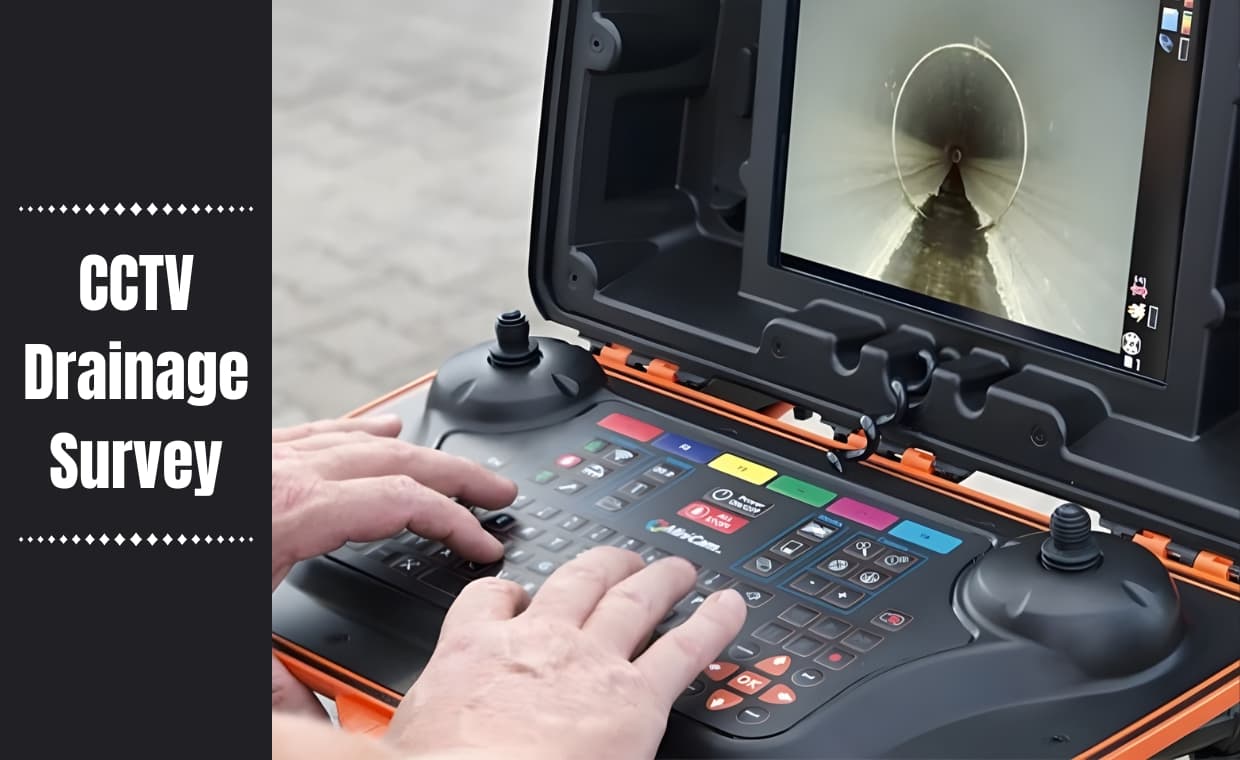
Table of Contents
Quick Summary
- Explains what a CCTV drainage survey is and how it works step-by-step.
- Covers when you should get one from buying property to recurring drain issues.
- Lists common problems detected such as cracks, root intrusion, and collapsed pipes.
- Describes the inspection process, from camera insertion to final report.
- Outlines how long surveys take and what to expect afterward.
- Discusses costs, benefits, and why it’s a worthwhile investment.
- Emphasizes the value for homeowners, landlords, and property developers.
Let’s be honest – nobody thinks about what’s going on in their drains… until there’s a problem. Blocked toilet? Backed-up sink? Nasty smells wafting up through the floorboards? That’s when most people panic and call in the cavalry. But what if you could spot the issue before it turns into a full-blown nightmare? That’s exactly where CCTV drainage surveys come in.
In this guide, we’ll walk you through:
- What a CCTV drain survey actually is (and what it’s not)
- How it works, step by step
- The top reasons you might need one
- What to expect when you book a survey
- How much it typically costs (and why it’s worth every penny)
Whether you’re a homeowner, landlord, or property developer – knowing when to get a CCTV drain survey can save you serious cash and headaches down the line.
Let’s dive in.
What Is a CCTV Drainage Survey?
In simple terms, a CCTV drainage survey is like sending a tiny robot down your pipes.
A high-tech camera gets fed into your drainage system via manholes or access points. It then records footage of what’s happening underground – blockages, cracks, tree roots, collapsed pipes, you name it.
The footage is viewed in real-time by a drainage engineer, who also records it for further analysis.
At the end of the survey, you get:
- A full video recording of your drains
- A detailed report with diagrams, stills and findings
- Recommendations for any necessary repairs or further inspections
So instead of guesswork, you get cold hard facts – backed by video evidence.
Surveys can either be done by some plumbing companies, or better yet by specialist CCTV survey companies, such as Terrain Surveys
How Does a CCTV Drain Survey Work?
Here’s what typically happens during a survey:
1. Initial inspection
The engineer arrives onsite, has a look at your access points (like manholes), and chats with you about the issues you’ve been having.
2. Camera insertion
A specialist waterproof camera – often on a flexible rod or crawler – is fed into the drain network.
3. Live inspection
The camera sends a live feed to a monitor. The engineer checks for signs of:
- Blockages or debris buildup
- Pipe damage (like cracks or corrosion)
- Tree root intrusion
- Collapsed or misaligned pipe sections
4. Recording and reporting
Everything’s recorded, timestamped, and noted down. Once complete, you’ll get a full report with:
- Footage of problem areas
- A plan of the drain layout
- A written summary of the condition
- Recommendations for next steps
No digging. No disruption. Just a crystal-clear picture of what’s going on below ground.
When Do You Need a CCTV Drain Survey?
Here’s the million-pound question: When should you actually get one done? Turns out, quite a few situations call for it – and some might surprise you.
1. Buying a property
Before you sign on the dotted line, you want to know if the drains are in good nick.
A CCTV survey can uncover hidden issues like root ingress, collapsed sections or illegal connections – the kind of stuff that could cost thousands later.
Plus, survey reports are often requested by mortgage lenders or insurance companies, especially on older properties.
2. Recurring drainage problems
If your sinks or toilets keep backing up, or you’ve got persistent bad smells, there’s likely something lurking further down the line.
A CCTV survey can pinpoint the root cause. Literally.
It’s especially handy if you’ve had jetting or rodding done before, but the issue keeps coming back.
3. Planning an extension or building works
Any major building work (like an extension or conversion) can put pressure on your existing drains.
A pre-build drain survey helps:
- Map out the existing layout
- Confirm the condition of the system
- Avoid costly surprises during construction
Some councils also require one as part of planning permission applications.
4. Suspected damage
Seen signs of subsidence? Cracks in your driveway? Unexplained damp patches?
Could be down to broken drains underneath.
A CCTV survey can help rule it in or out – fast.
5. After flooding or heavy rain
If your property’s recently been flooded, a survey can assess the damage and check for blockages, silt buildup or structural issues.
It’s also useful as supporting evidence for insurance claims.
What Can a CCTV Drain Survey Detect?
You might be thinking: “It’s just a camera… how much can it really tell me?”
Actually, quite a lot.
Modern drain survey systems are packed with features that can uncover a surprising range of issues:
Cracks and fractures
Even hairline cracks can cause leaks or let roots in. Over time, they lead to full collapses if left unchecked.
Collapsed drains
Completely blocked, buckled or broken? A survey will show the exact location and severity of the collapse.
Tree root intrusion
Roots love to wiggle their way into drains – especially clay pipes. Once in, they grow and clog up the system fast.
Pipe displacement or misalignment
This happens when soil shifts, or pipes weren’t fitted correctly to begin with. Water flow is disrupted and blockages form more easily.
Blockages and fatbergs
Whether it’s wet wipes, grease, silt, or construction debris – surveys identify precisely where the blockage is and how bad it is.
Rodent infestation
Yep – rats love drains. If there are signs of vermin activity, a CCTV camera will catch it. But you’ll then need to get the problem sorted by a pest control company.
Incorrect pipe connections
It’s more common than you’d think. Rainwater connected to foul systems, or vice versa, can cause contamination and flooding risks.
In short, if there’s something wrong – a CCTV survey will find it.
How Long Does a CCTV Drain Survey Take?
Good question. The answer depends on two things:
- The size and complexity of your drainage system
- The extent of the issues found
For an average 3-bed house, most surveys take between 1-2 hours. Larger properties or commercial buildings can take longer – sometimes half a day or more.
If there are major blockages, root damage, or collapsed sections, extra time might be needed to complete the inspection or recommend immediate fixes.
But here’s the key thing: surveys are fast, clean and non-invasive. There’s no need to dig up your driveway or garden just to see what’s going on.
What Happens After the Survey?
Once the inspection’s complete, you’ll get:
1. A full written report
This includes a condition summary, pipe layout plan, and inspection notes.
2. Video footage and images
Usually provided digitally – so you can watch it back or share it with insurers, surveyors or contractors.
3. Recommendations
If any defects are found, the engineer will outline exactly what needs fixing – whether it’s cleaning, repairs, relining or full replacement.
Some companies also offer quotes for repairs there and then.
Pro tip: Always check the report includes a drainage map (site plan) and grading of defects – from minor wear to urgent issues. This helps prioritise work and get accurate repair quotes.
Is a CCTV Drain Survey Worth It?
Here’s the bottom line:
A CCTV drain survey is one of the most cost-effective ways to protect your property.
It gives you:
- Peace of mind when buying or selling
- Clarity when dealing with ongoing problems
- Evidence if you’re making an insurance claim
- Certainty before starting any building work
And unlike other methods, it’s fast, accurate and requires zero disruption to find out exactly what’s going on below the surface.
If you suspect something’s wrong underground – or you just want to play it safe – get a CCTV drain survey done. It’s a small investment that could save you thousands down the line.
Also Read: A Breakdown of The Sewer Conversion Process: How Does It Work?
FAQs: CCTV Drainage Survey
1. What is a CCTV drainage survey?
It’s a detailed inspection using a high-definition camera to view the inside of your drainage system and identify any blockages, cracks, or damage.
2. How much does a CCTV drain survey cost?
Prices typically range from £100-£300 for a standard home, depending on property size and complexity.
3. How long does a CCTV drain survey take?
For most residential properties, the process takes 1-2 hours. Larger or more complex systems may take longer.
4. Do I need a CCTV drain survey when buying a house?
Yes, especially for older properties. It can reveal hidden drainage issues before purchase and satisfy lender or insurance requirements.
5. Can a CCTV drain survey detect tree roots or collapsed pipes?
Absolutely – modern cameras identify root ingress, pipe misalignment, and full collapses with pinpoint accuracy.



